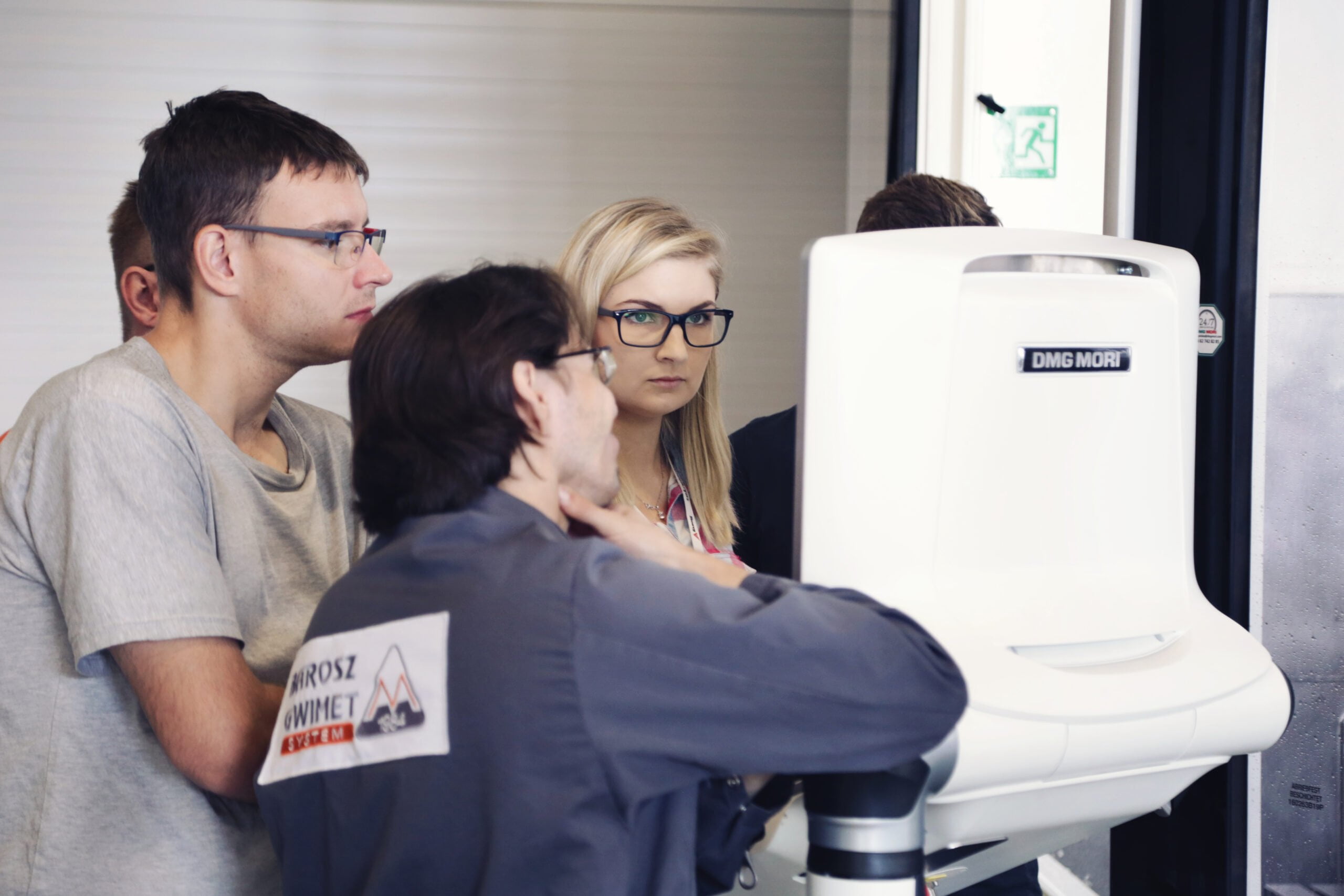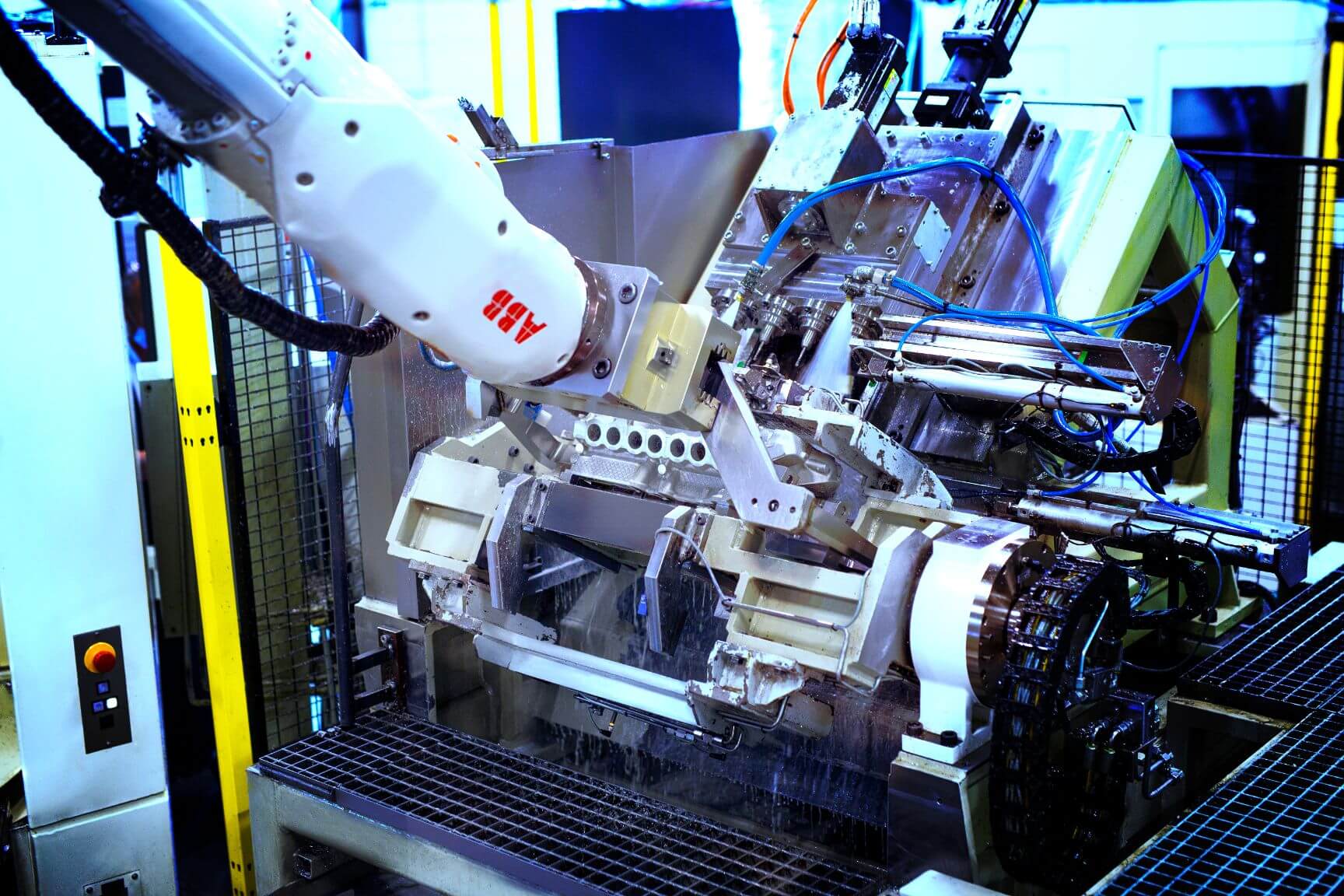Nowadays, we experience the rapid development of new technologies, including additive technologies. More and more often the thesis is being made that 3D printing will successfully replace the subtractive processing. Theoretically, such a scenario is possible, so is the world of subtraction to be afraid of?
But let’s start from the beginning. 3D printing, or additive technology, was first developed in 1984 under the name stereolithography. It meant that the laser beam hardened the thermosetting resin in a layered manner, creating a spatial object. As we can guess, 3D printing is a technology that consists in layering a building material and bonding it layer by layer. That is exactly the opposite of mechanical machining.
There are a lot of 3D printing technologies, such as FDM, SLA, LOM, PolyJet/MultiJet, DLP, 3DM/CJP and many more. However, among these technologies, SLS/DMLS/EBM methods should be distinguished as they are the only ones that can compete with machining because their input material may be powdered metal.
A key example is the processing of turbine blades – due to the complicated spatial shape and the difficult-to-machine material, it can be considered whether the choice of additive technology will bring greater benefits. For prototypes, yes, but when it comes to large series, the choice will always be the traditional method.
3D printing is a good support for all traditional technologies. It was proved by the German concern Porsche, which introduced 3D printing to its production. For the first time, the pistons of the high-performance 911 GT2 RS flagship engine are not forged. What are the benefits? To quote Porsche engineer Frank Ickinger: “With the new, lighter pistons, we can increase the engine speed, reduce the temperature load on the pistons and optimize the combustion. Thanks to that, it is possible to get up to 30 hp more power from a twin turbocharged 690 hp engine, improving efficiency at the same time. ”* Despite the use of additive technology, the pistons must undergo finishing operations, including turning.
We offer CNC machining. Check it out.

Fig. 1 Printed Porsche pistons [source: youtube]
Tool companies also try to apply additive technologies into the production of their products. An example is the printed milling head, which due to its openwork, spatial form is definitely lighter than its traditional version (and by the way much more expensive). The use of a printed head may turn out to be a good solution while working with the tool on long overhangs. Though, such machining is less stable, and therefore there is a risk of vibration and machining problems. **

Fig. 2 Printed milling head [source: own photo]
Currently, 3D printing is used in many areas, e.g. in medicine, prototyping, production of artistic works, but can it compete with machining? As long as the printer does not print the bushing with the hole of H6 tolerance, then the mechanical machining will be the leading one.
Natalia Matuszczyk
*https://www.youtube.com/watch?time_continue=236&v=RrVRSbc6Oec&feature=emb_title
**https://www.3dprintingmedia.network/sandvik-coromant-3d-printed-lightweight-coromill-390/



